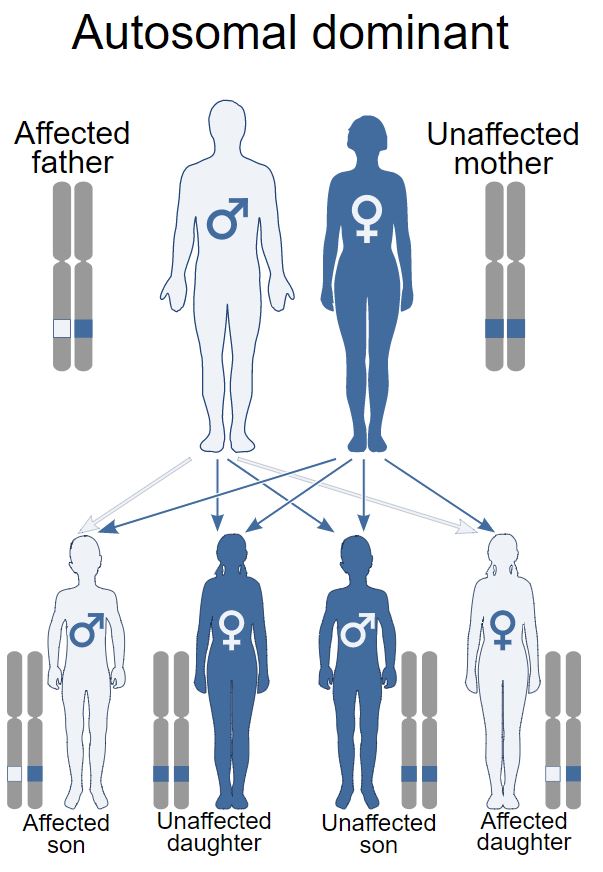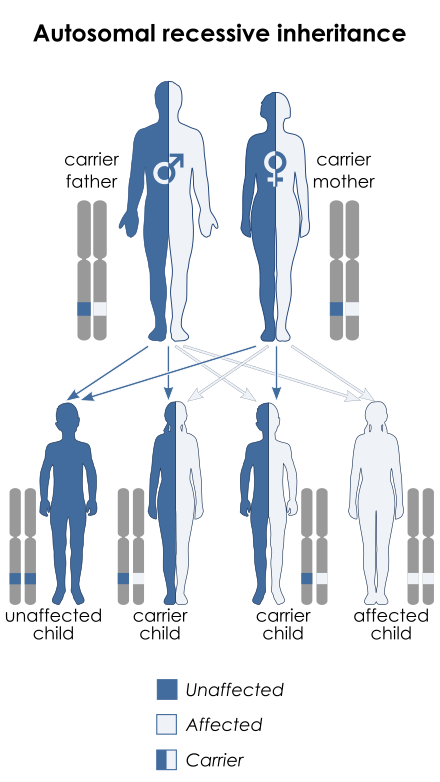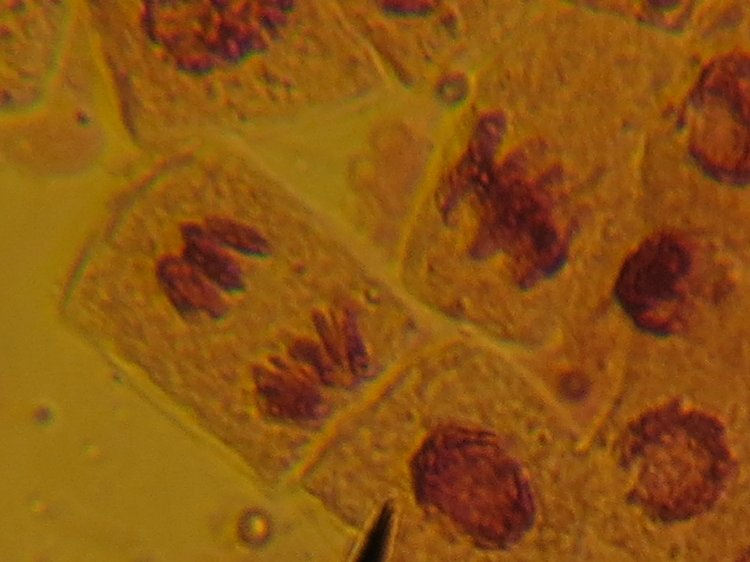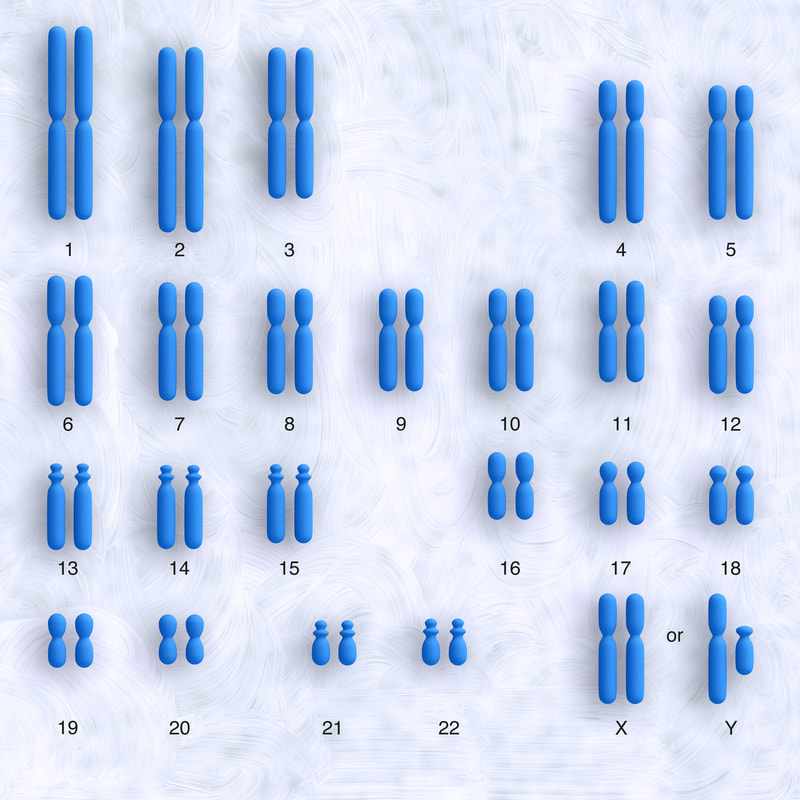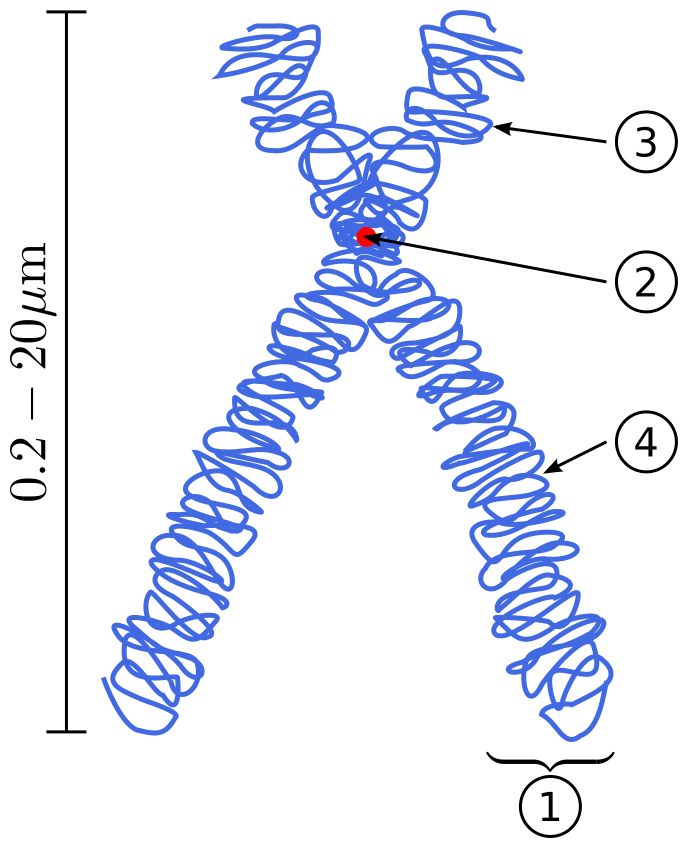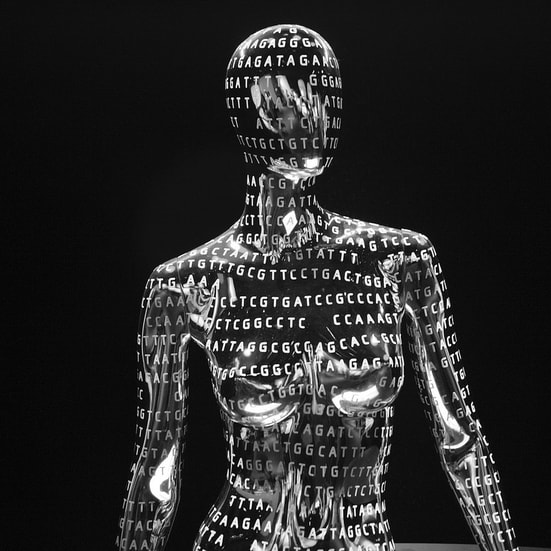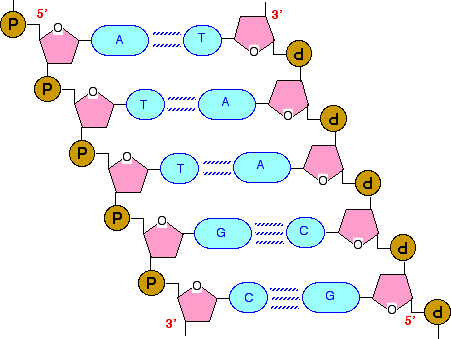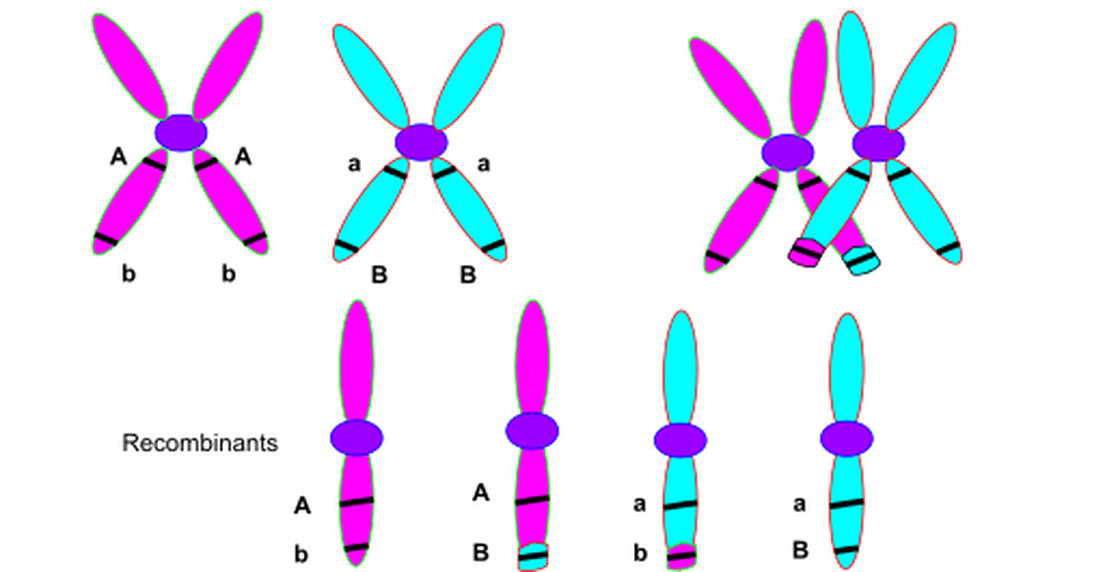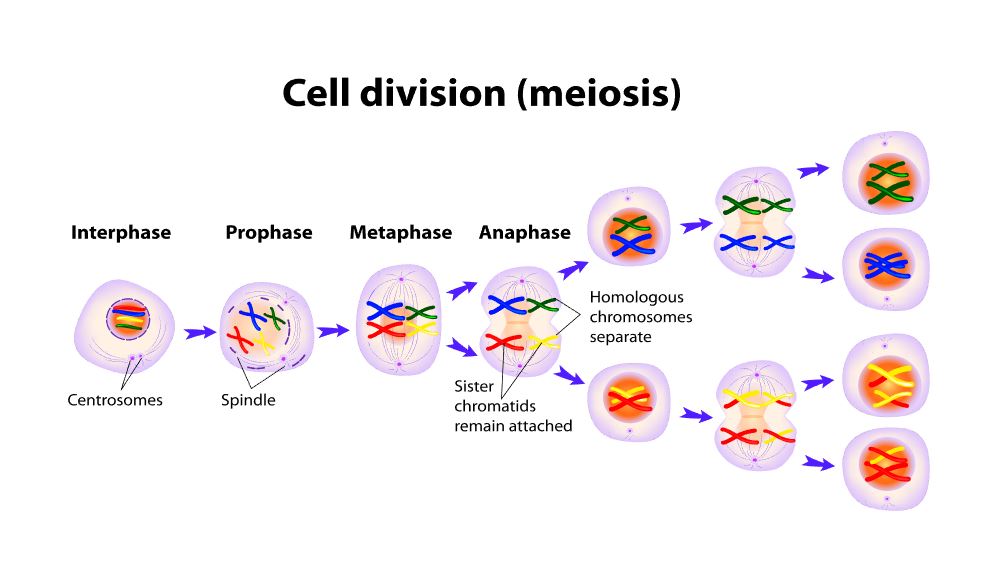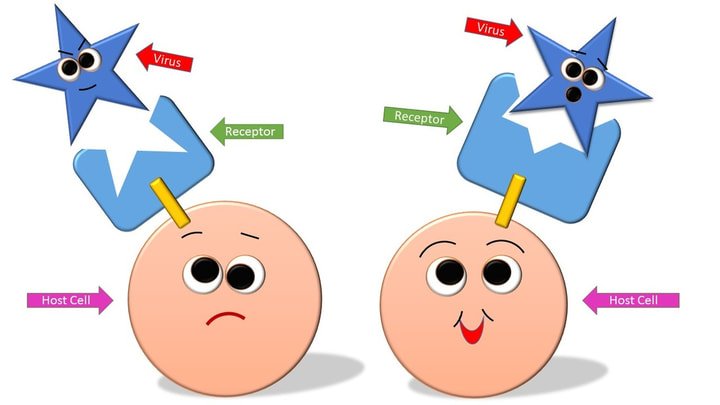Genetic Inheritance
Genetic variability in a population is extremely important for the long-term survival of that species. The idea is that if there happens to be some sort of cataclysmic event, (such as a viral outbreak, severe drought, sudden extreme changes in weather, etc.) there will be a portion of that population that happen to have necessary genes to survive the change.
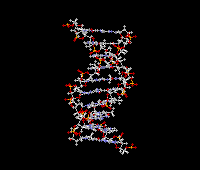
Our genes are passed on, generation after generation. Our genes carry information that gets expressed as physical traits. This tangible expression of one's genetic makeup is referred to as one's PHENOTYPE, whereas the actual genes a person carries would be considered a person's GENOTYPE. You might not yet understand how there can be a difference between what genes a person has and how they are expressed and displayed as traits, but by the end of this lesson, you will!
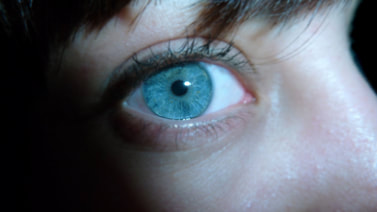
A phenotype is the observable characteristics or traits that are displayed in an organism according to their genotype. A phenotype is the result of a person's genotype. A genotype is the actual genes the organism carries. Though phenotype and genotype are related, they are not the same thing. Let's look at why!
One set of your chromosomes comes from your mom that came from the egg that made you, and the other set came from your dad in his sperm that fertilized the egg. So you have 2 sets of 23 chromosomes, for a total of 46 chromosomes. Since you have 2 full sets of chromosomes, this means that you have 2 genes for each of your traits (one gene from mom and one gene from dad).
|
Some genetic traits are dominant and will be expressed (outwardly displayed), even if the other equivalent gene is a recessive form. A recessive gene is the gene that can be masked by the dominant gene. You carry 2 genes for each of your genetic traits. One gene is from your mother and the other from your father. For a lot of traits, only one of these genes gets expressed.
In order to display a dominant genotype, you only need to inherit one dominant gene (allele) from one of your parents. Of course, you would also display the dominant genetic trait if you inherited 2 dominant alleles; one from each of your parents.
|
CHROMOSOMES
HOW OUR DNA IS PACKAGED
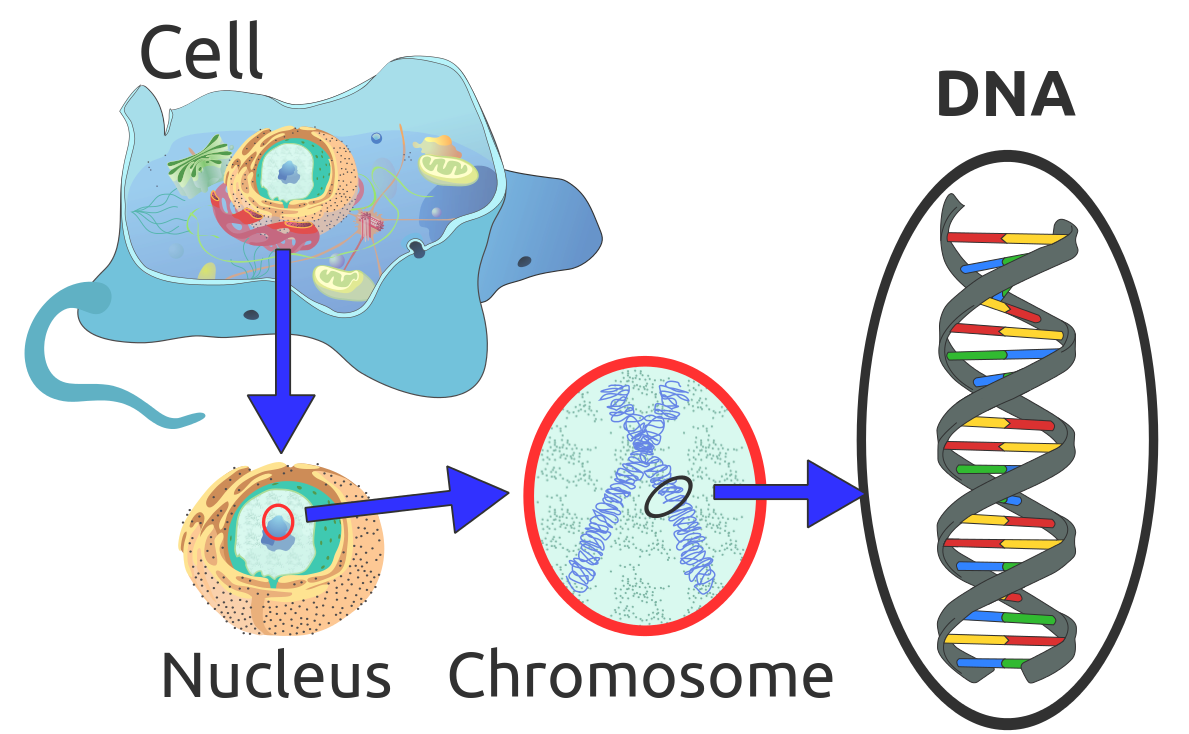
By Eukaryote_DNA.svg: *Difference_DNA_RNA-EN.svg: *Difference_DNA_RNA-DE.svg: Sponk (talk)translation: Sponk (talk)Chromosome.svg: *derivative work: Tryphon (talk)Chromosome-upright.png: Original version: Magnus Manske, this version with upright chromosome: User:Dietzel65Animal_cell_structure_en.svg: LadyofHats (Mariana Ruiz)derivative work: Radio89derivative work: Radio89 - This file was derived from Eukaryote DNA.svg:, CC BY-SA 3.0, https://commons.wikimedia.org/w/index.php?curid=20539140
|
Chromosomes are normally visible under a light microscope only when the cell is undergoing the metaphase of cell division.
Before this happens, every chromosome is copied once (S phase), and the copy is joined to the original by a centromere (2), resulting in an X-shaped structure. The original chromosome and the copy are now called sister chromatids. During metaphase, when a chromosome is in its most condensed state, the X-shape structure is called a metaphase chromosome. In this highly condensed form chromosomes are easiest to distinguish and study. |
|
DNA structure
DNA is made up of molecules called nucleotides. Our DNA backbone contains sugar!
All of the genetic diversity in nature is due to different sequences of the four types of nitrogen bases that make up DNA..
These are adenine (A), thymine (T), guanine (G) and cytosine (C).
DNA is made up of molecules called nucleotides. Our DNA backbone contains sugar!
All of the genetic diversity in nature is due to different sequences of the four types of nitrogen bases that make up DNA..
These are adenine (A), thymine (T), guanine (G) and cytosine (C).
BASE PAIRING
Adenine binds with Thymine through 2 hydrogen bonds.
Genetic Variance
Genetic variance is brought about by 1) crossing over and 2) independent assortment. Even though we all have the same genes, the type of genes are different. You can think of it as having different flavors of ice cream. Ice cream has a lot of different flavors, but they are still ice cream. In genetics, we call the different types of genes, Alleles. The form of the gene can be either DOMINANT or RECESSIVE. A dominant gene is the one that can mask the expression of the a recessive gene. Humans have 2 full sets of chromosomes.
Meiosis is the process by which eggs and sperm form. This way, when fertilization occurs, you get a new organism with 2 sets of DNA; one from each parent that have undergone genetic recombination. This increases the genetic variability in the offspring.
The process of meiosis increases genetic variation due to the random recombination of genetic material (from mom and dad). It is for this reason that we consider meiosis sexual reproduction. Asexual reproduction, like we see in mitosis, yields genetically identical offspring (clones of the parent cell). Sexual reproduction is important for survival of the species. For example, when a potentially detrimental change occurs in the environment, a species having a wide variety of genetic variation will have a much better chance that at least some of the individuals of the species will survive.
An Example of the Benefits of Genetic Diversity
A very significant example of how genetic variability in a population helps the overall survival of the species is found in the history of the Black Plague (a.k.a. The black Death). The Black Plague took the lives of approximately one-half of Europe's population in the 1300's.
Read more at the link above which will bring you to the URL https://www.geneticliteracyproject.org/2014/04/04/black-plagues-quirky-genetics-700-years-later/
|
When viruses invade the body, they do not have the ability to reproduce on their own. They must invade the hosts's cells and then hijack the reproductive machinery of the cell to produce more copies of the virus. Then the copies of the virus cause the host cell to burst open, freeing thousand of copies of the virus that can then continue the cycle of cell invasion and virus replication. Eventually, as the amount of the virus increases in the body, the victim will become ill and display the symptoms of the illness.
|
|
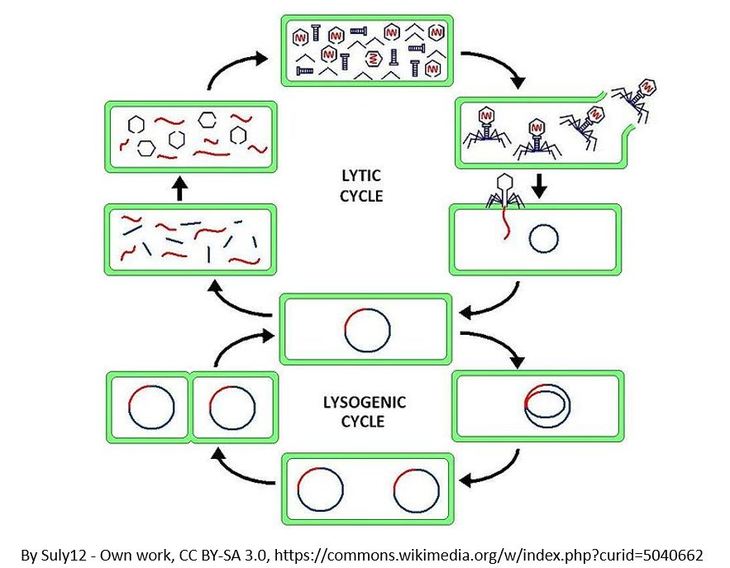
In order for viruses to invade the host cells in the first place, the host cell must carry specific receptor that has the complementary shape to the virus. You can think if the receptor as a LOCK and the virus as the KEY. If the virus doesn't fit, it cannot "open the door" and gain entrance to the host cell. In the case of the Black Plague, some of the European population carried a specific type of genetic mutation that caused the receptor that the virus uses to gain access to the cell, to be misshapen! The virus was unable to invade the cells of these individuals, so the virus could not reproduce and make these people sick. The mutation gave them immunity to the virus! A similar story can be found more recently in the discovery of the Delta 32 mutation that allowed some people to be immune to the HIV virus! More interestingly, this mutation (Delta 32) prevents both HIV and plague bacteria from entering human cells and causing infection.

